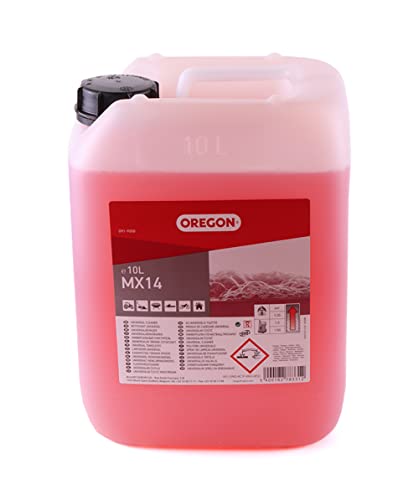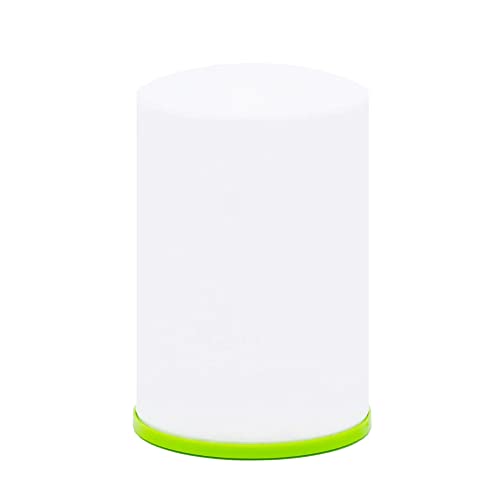



Yes, these machines are generally energy-efficient, often drawing between 1,300 and 2,300 watts, depending on the model. For example, a unit operating at 1,800 watts for one hour would consume approximately 1.8 kilowatt-hours (kWh) of power. Given that the average cost of electricity is about £0.20 per kWh, your operational expense would be around £0.36 for that hour of usage.
To optimise energy consumption, I recommend selecting a model with adjustable settings. Many brands offer options for varying pressures and flow rates, allowing users to tailor their usage to their cleaning tasks, which can significantly reduce energy waste. Additionally, using higher pressure for tougher tasks and lower pressure for light cleaning not only conserves power but also enhances the longevity of the machine.
Always consider the pump type as well. Units with axial pumps are often more energy-efficient than those with wobble pumps. If you frequently use these cleaners, investing in high-quality, energy-saving models can lead to long-term savings on your electricity bill. Regular maintenance is also crucial; a well-maintained unit operates more efficiently and consumes less energy over time.
Do Electric Pressure Washers Consume Excessive Power?
Generally, these cleaning devices are designed to be energy-friendly. Most models operate within a range of 1200 to 2000 watts, translating to about 1.2 to 2 kilowatt-hours per hour during usage, depending on the specific type and application.
To put it into perspective, if you use one of these units for an hour, your total consumption could be between 1.2 and 2 kWh. This is comparable to running a microwave. While that doesn’t seem overwhelming, the frequency of use will impact your total energy bill over time.
For optimal efficiency, I recommend taking advantage of variable pressure settings whenever possible. Lower settings reduce power draw while remaining effective for lighter tasks. Additionally, ensure that the water supply is ample, as insufficient water flow might compel the machine to work harder, resulting in higher energy consumption.
When considering long-term costs, factor in potential yearly usage. If you frequently tackle large outdoor or cleaning projects, it may be worth investing in a high-quality model that balances power and efficiency. Models with better motors often consume power more effectively, providing a stronger cleaning force without necessarily increasing consumption.
Monitoring your energy output over time can greatly aid in understanding your consumption patterns. Keeping track of how long you operate your unit and any variances in your bill will provide clarity on its energy demand during your cleaning sessions.
Understanding Power Ratings of Cleaning Devices
To assess energy consumption, focus on the wattage rating of the devices. Most models exhibit a range between 1200 to 2000 watts. This figure indicates the maximum power they draw while operating. A higher wattage often translates directly into enhanced performance but also suggests increased energy use.
Evaluating Usage
The duration of operation significantly impacts total energy consumed. For instance, a unit with a rating of 1500 watts, used for one hour, equates to approximately 1.5 kWh of energy. This is calculated by multiplying the wattage by the operating hours and dividing by 1000 to convert to kilowatt-hours (kWh).
| Wattage (Watts) | Energy (kWh for 1 Hour) |
|---|---|
| 1200 | 1.2 |
| 1500 | 1.5 |
| 2000 | 2.0 |
Choosing Wisely
When selecting a model, I recommend considering not just the nominal power but also efficiency and design. Opt for machines with adjustable settings allowing you to tailor pressure as required. This flexibility can potentially reduce overall power consumption during light tasks, providing both performance and conservation.
Calculating Energy Consumption per Use
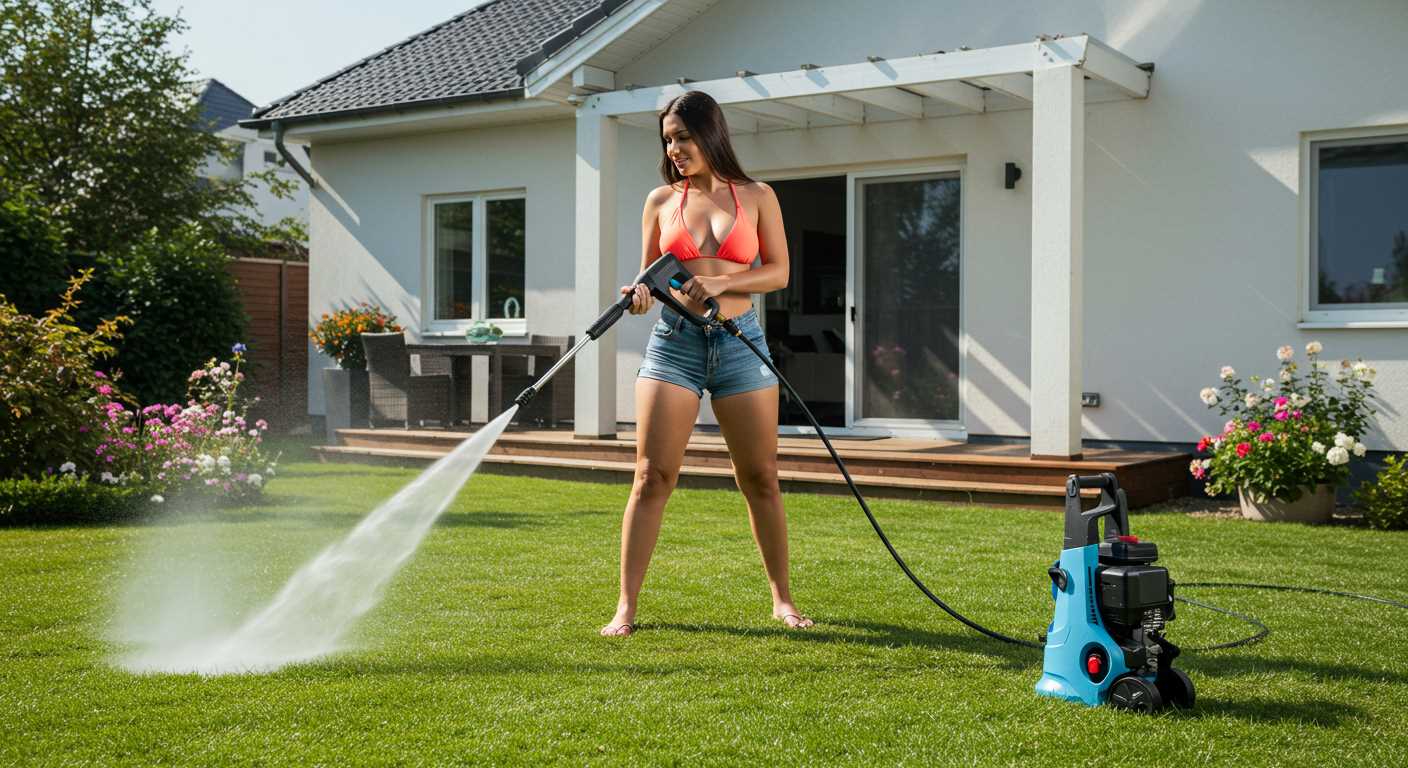
To determine the energy consumption during a single operation, multiply the wattage rating of the equipment by the number of hours of operation. This will give you the energy in watt-hours.
For instance, if you have a unit with a power rating of 1500 watts and you run it for 1 hour, the calculation would be:
1500 watts * 1 hour = 1500 watt-hours (or 1.5 kWh).
To better estimate costs, consider the following steps:
- Find the current electricity rate from your utility provider, typically expressed in pence per kilowatt-hour (kWh).
- Multiply the energy consumption (in kWh) by the cost per kWh. For example, if your energy rate is 15 pence per kWh, the cost for our earlier example would be:
1.5 kWh * 15 pence = 22.5 pence.
Calculating for varied durations of operation is straightforward:
- For 30 minutes: 1500 watts * 0.5 hours = 750 watt-hours (0.75 kWh).
- Cost at 15 pence: 0.75 kWh * 15 pence = 11.25 pence.
- For 2 hours: 1500 watts * 2 hours = 3000 watt-hours (3 kWh).
- Cost at 15 pence: 3 kWh * 15 pence = 45 pence.
This method allows for better budgeting and understanding of electricity expenses related to your cleaning sessions. It’s also wise to keep track of how frequently you operate the equipment, as regular usage can impact overall expenses significantly over time.
Comparing Power Requirements of Different Models
When selecting models for your cleaning tasks, focus on their specifications to gauge energy consumption effectively. Models typically range from 1300 to 3000 PSI, with power ratings from 1200 to 2000 watts. For instance, a device rated at 1500 watts consumes approximately 1.5 kWh for an hour of operation, making it an economical choice for regular use–especially for light to moderate tasks.
High-performance variants, aimed at heavy-duty jobs, often exceed 2000 watts. While these may offer quicker results, their energy demands can lead to higher electricity bills over time, particularly if used frequently. For daily maintenance, consider units in the 1500-1800 watt category, balancing efficiency and effectiveness.
It’s also essential to acknowledge that the duration of operation significantly influences total consumption. If a high-power model is only used for short projects, the increased energy cost may be negligible when distributed over time. Conversely, long sessions with lower-rated devices might lead to surprising energy totals.
Moreover, factors such as nozzle type and the pressure setting can affect overall usage, with wider nozzles generally requiring less power but taking longer to accomplish the same job. Thus, finding a balance between power and operational efficiency is crucial in minimising energy expenditure.
Refer to comprehensive charts from manufacturers that list both wattage and PSI ratings for each model, aiding in informed decision-making. Always evaluate your specific needs to choose a model that not only meets performance requirements but also aligns with your energy saving goals.
Factors Affecting Electricity Usage in Pressure Washers
Several key variables influence the power consumption of these cleaning devices. The primary factors include flow rate, engine efficiency, and the intensity of the cleaning task at hand.
Flow Rate and Pressure Output
The flow rate, measured in litres per minute (LPM), directly correlates with the amount of water pumped through the unit. A higher flow rate typically requires more energy; therefore, selecting a model with a suitable flow rate for your tasks is crucial. Models with adjustable pressures allow for efficient usage, as they can reduce water and energy consumption during lighter cleaning tasks.
Operational Time and Technique
The duration of operation also plays a significant role in energy expenditure. Extended cleaning periods lead to higher overall consumption. To optimise power usage, employ techniques that emphasise efficiency, such as pre-soaking surfaces to reduce pressure requirements and rinsing with less intensity. Additionally, ensuring proper maintenance of the equipment enhances operational efficiency, minimising unnecessary energy draw.
In conclusion, understanding how flow rate, pressure settings, and operational tactics affect energy consumption helps in selecting the right device and using it effectively, reducing the impact on utility costs while maintaining cleaning performance.
Estimating Monthly Electricity Costs of Regular Use
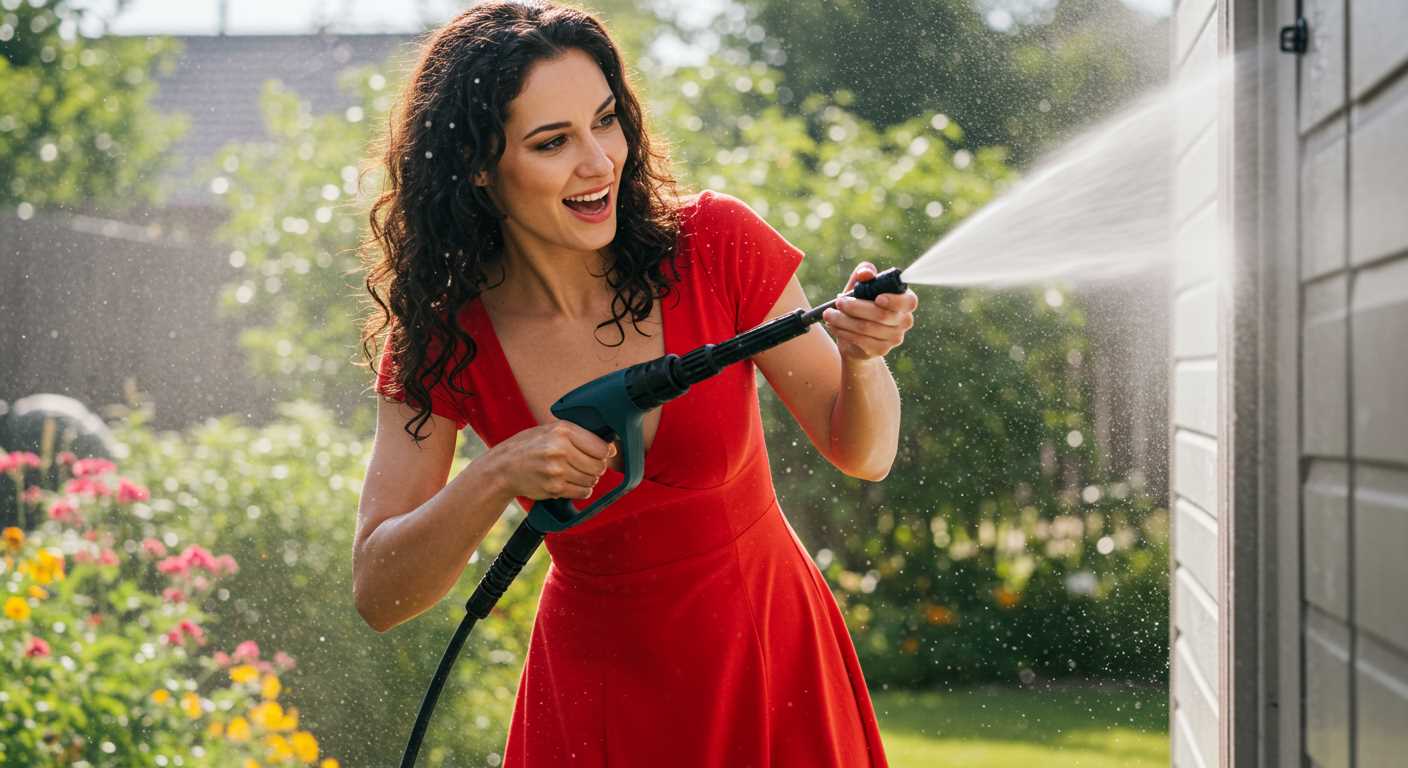
To accurately predict monthly expenses from consistent operation of these machines, start with calculating the energy consumption per session. If your model functions at 1,500 watts and operates for one hour, it consumes 1.5 kilowatt-hours (kWh) per session.
Next, multiply the kWh consumed by your local utility rate–let’s say £0.15 per kWh. The cost per session would be:
- 1.5 kWh × £0.15 = £0.225 per session.
If you operate the device twice a week, the monthly expense would be:
- £0.225 × 8 sessions = £1.80 per month.
For more precise budgeting, consider varying factors such as:
- Frequency of operation: More sessions lead to higher costs.
- Duration per session: Longer use increases total consumption.
- Utility rates: Changes in your electricity prices impact totals directly.
Lastly, always monitor the efficiency of your model. Higher performance machines may offset costs by completing tasks quicker, thus consuming less energy over time. Keeping track of your actual usage against these estimates will ensure you manage expenses effectively.
Tips for Minimising Electricity Consumption
Choose a model with a lower power rating to cut down on energy consumption. A unit rated around 1,200 to 1,500 watts can be quite effective for general tasks while being less demanding on your supply.
Utilise an accurate pressure setting appropriate for the job. Higher pressure is not always necessary, and using a lower pressure can significantly reduce the electrical draw and prolong the life of the equipment.
Incorporate a cleaning detergent that works effectively at lower temperatures. This approach minimises the need to rely on higher settings while still achieving satisfactory results.
Take advantage of warm weather for cleaning tasks. Operating during warmer months can enhance water efficiency, reducing overall time and energy spent on each task.
Perform regular maintenance on your unit. Keeping filters clean and hoses free of blockages ensures optimal performance, preventing the motor from working harder than necessary.
Make use of extension leads rated for outdoor use when needed, ensuring that you’re using adequate wiring to reduce resistance and energy loss.
Plan your cleaning tasks efficiently. Bundling jobs together can help maximise effectiveness and minimise the frequency of operation, thereby lessening energy expenditure over time.
Impact of Usage Habits on Overall Energy Efficiency
To optimise energy consumption, I recommend adjusting your cleaning practices. Regularly maintaining equipment goes a long way in ensuring top performance. A well-maintained unit operates more efficiently, using less power for the same tasks.
Duration and Frequency
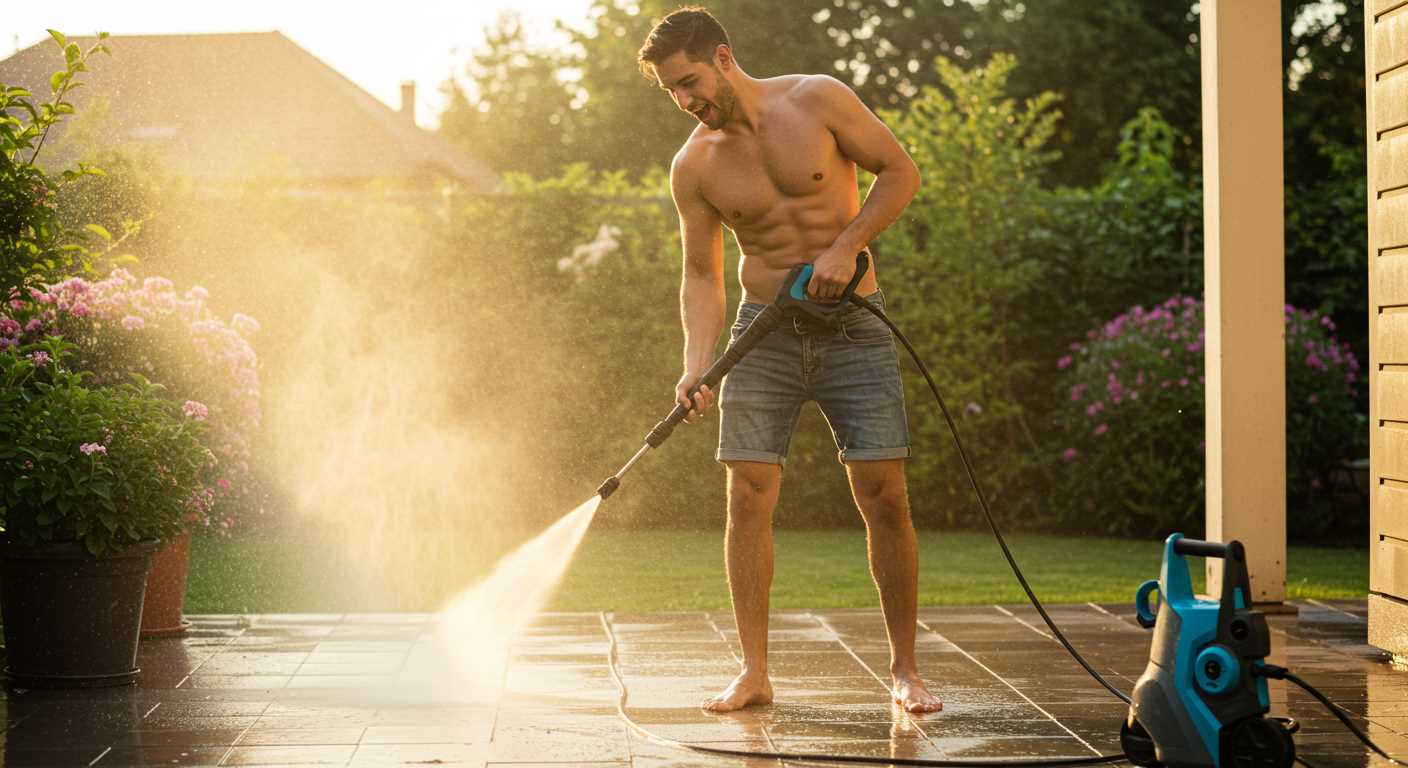
Consider shortening the time you spend on cleaning tasks. Splitting larger jobs into smaller, manageable sessions can lead to reduced energy costs. Aim to schedule these sessions during off-peak times, when energy rates may be lower, thereby further reducing expenses.
Accessories and Settings
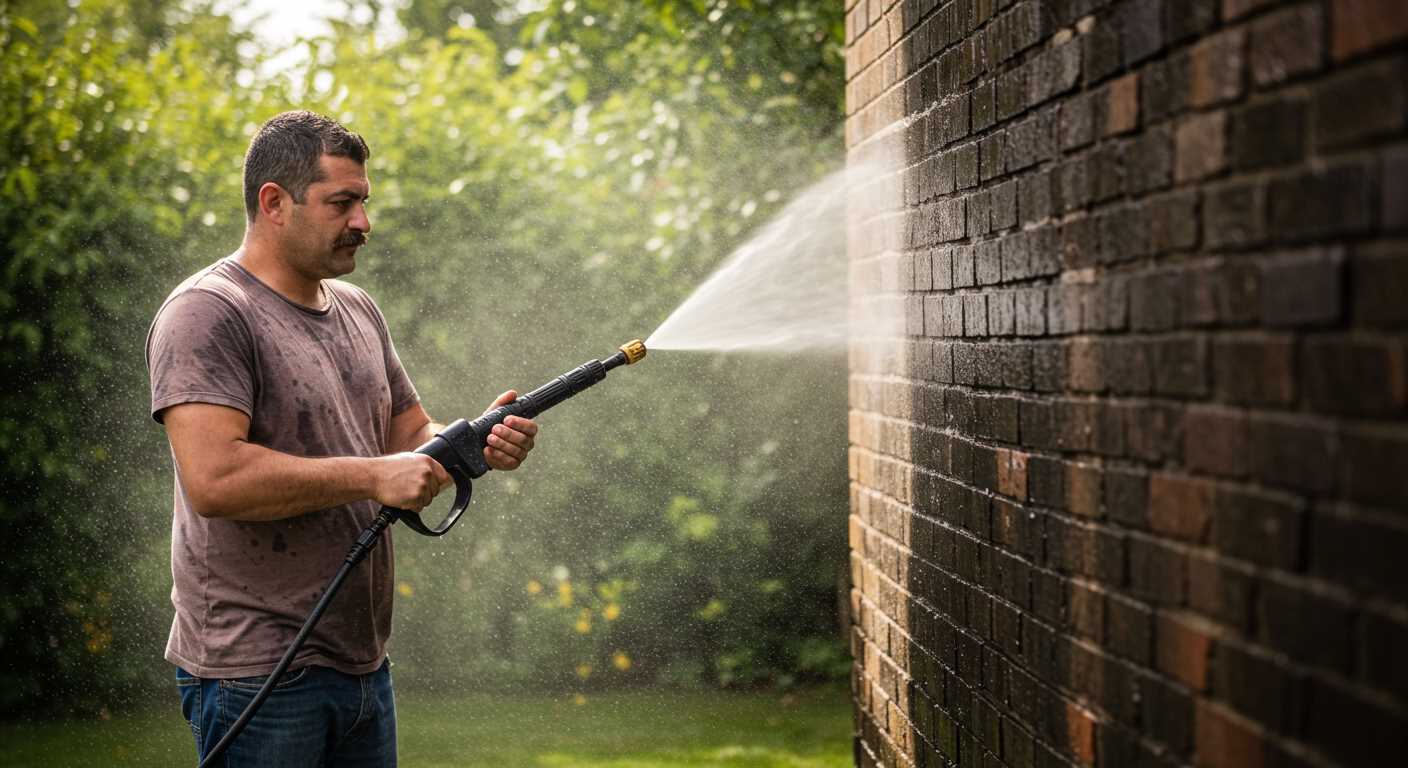
Utilising the right attachments can enhance cleaning efficiency while minimising unnecessary power usage. Select appropriate nozzles for specific tasks; wide-angle options use more water and energy than narrow ones. Additionally, operating at recommended pressure settings can yield substantial savings, conserving both resources and costs.
FAQ:
Do electric pressure washers consume a lot of electricity compared to traditional gas models?
Electric pressure washers generally consume less electricity than gas models. While exact consumption can vary based on the model and usage, a typical electric pressure washer uses between 1200 to 1800 watts. In contrast, gas pressure washers often have more power and can consume significantly more fuel, which translates into a higher operational cost. Therefore, electric units can be more economical over time, especially for light to moderate cleaning tasks.
How can I tell the electricity consumption of my electric pressure washer?
To determine the electricity consumption of your electric pressure washer, check the specifications on the label or user manual, which typically lists the wattage. For example, if your model uses 1500 watts and you use it for one hour, it consumes 1.5 kilowatt-hours (kWh) of electricity. To calculate the cost, multiply the kWh by your local electricity rate. Suppose your rate is £0.20 per kWh, the cost for one hour of use would be £0.30. Monitoring your usage can help you manage costs effectively over time.


